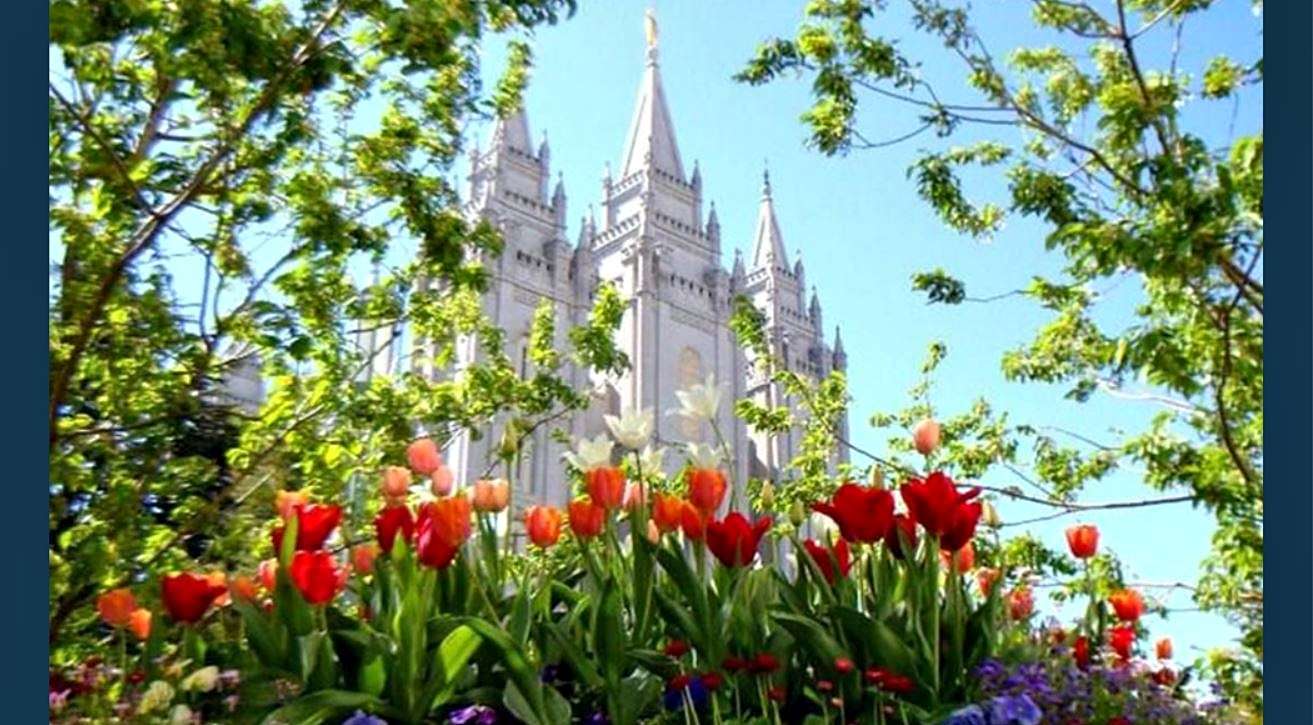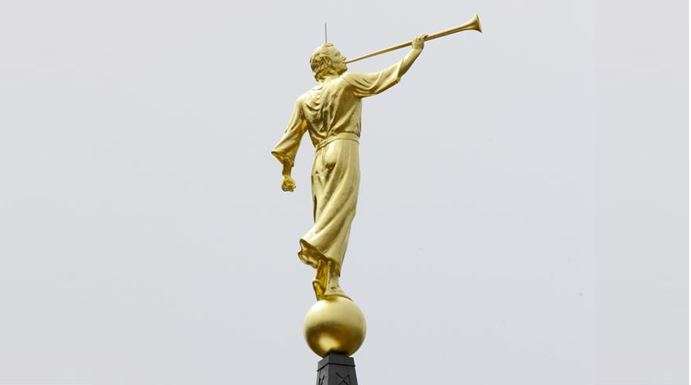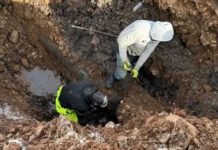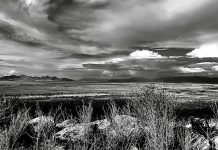SALT LAKE CITY, Utah, June 22, 2022 (Gephardt Daily) — The Church of Jesus Christ of Latter-day Saints on Wednesday announced its efforts to reduce water use in and around its meeting houses, temples and other buildings.
“Much of the American West is experiencing serious drought,” says a statement released by Church media spokeswoman Kelly Smoot. “In this area of the United States, the Church is working to reduce water use in all our buildings and facilities, including exterior landscaping.
“The Church has installed water-wise irrigation systems and low-flow plumbing systems in buildings constructed since the early 2000s and continues to retrofit older systems. Water conservation efforts continue to include the expansion of smart controllers, hydrometers, rain sensors, drip irrigation, and use of secondary or reclaimed water. Additionally, we have adjusted watering schedules to meet local government guidelines, and we continue to monitor the conditions of all of Church properties.”
Watering of lawns and landscapes at temples, meetinghouses and other buildings is being reduced, the LDS Church statement says.
“In some cases, landscape will be permitted to brown and become dormant. Church historic sites in regions affected by drought have successfully reduced water usage by one-third. In addition, planning is underway to identify landscape changes that will permanently reduce water use. These include more native plants, low-utility lawns and water management practices.”
The statement asked its members to conserve natural resources.
“We all play a part in preserving the critical resources needed to sustain life — especially water — and we invite others to join us in reducing water use wherever possible. We gladly join with friends of other faiths in prayer to our Heavenly Father for rain and respite from the devastating drought.”
The statement asked members worldwide to protect natural resources.
“Members of The Church of Jesus Christ of Latter-day Saints throughout the world live in a variety of environmental circumstances. In one area, there may be serious drought, while in another wet conditions can cause significant flooding. In all regions and circumstances, we teach that we have a responsibility to care for and gratefully use what God has given, avoid wasting resources and wisely use the bounty of the earth to care for one another.”







